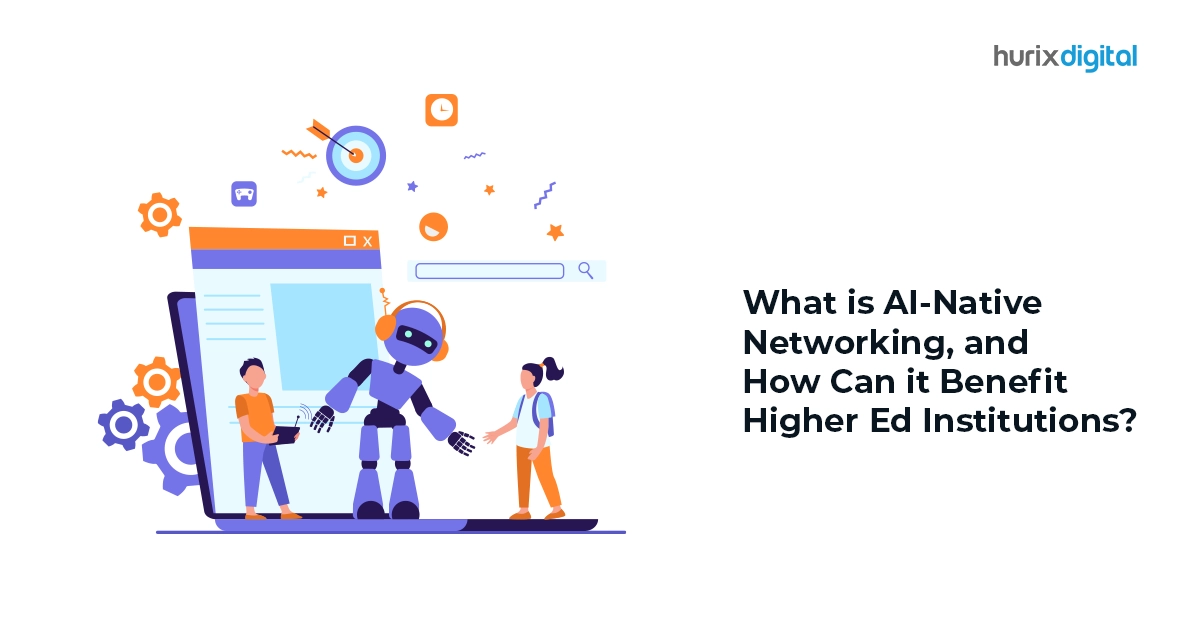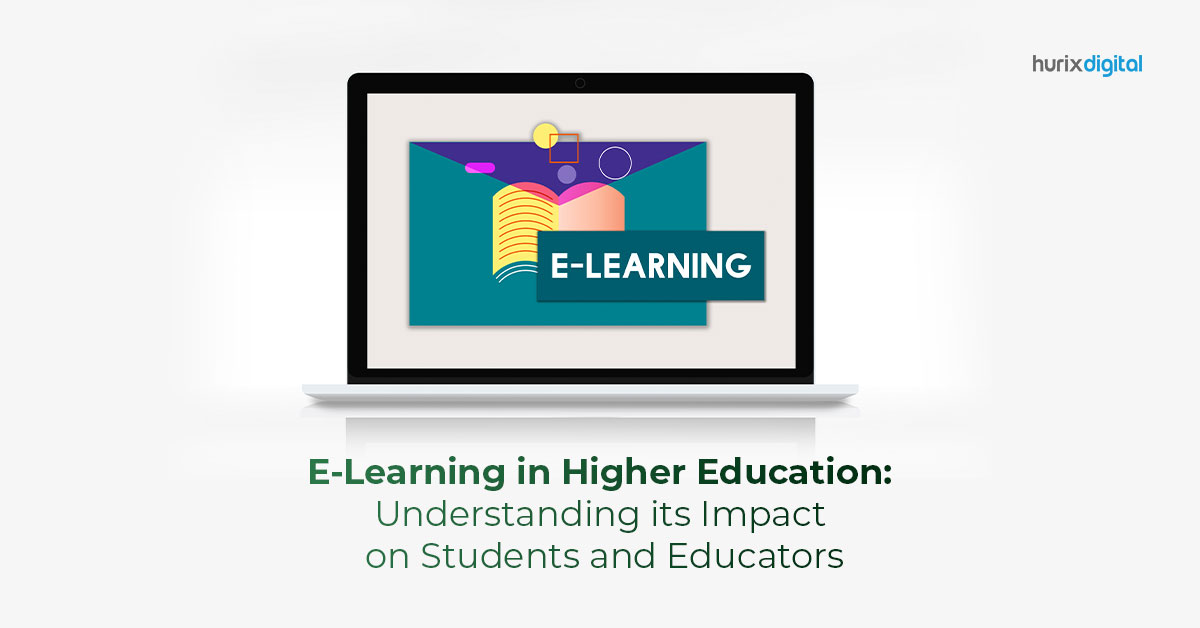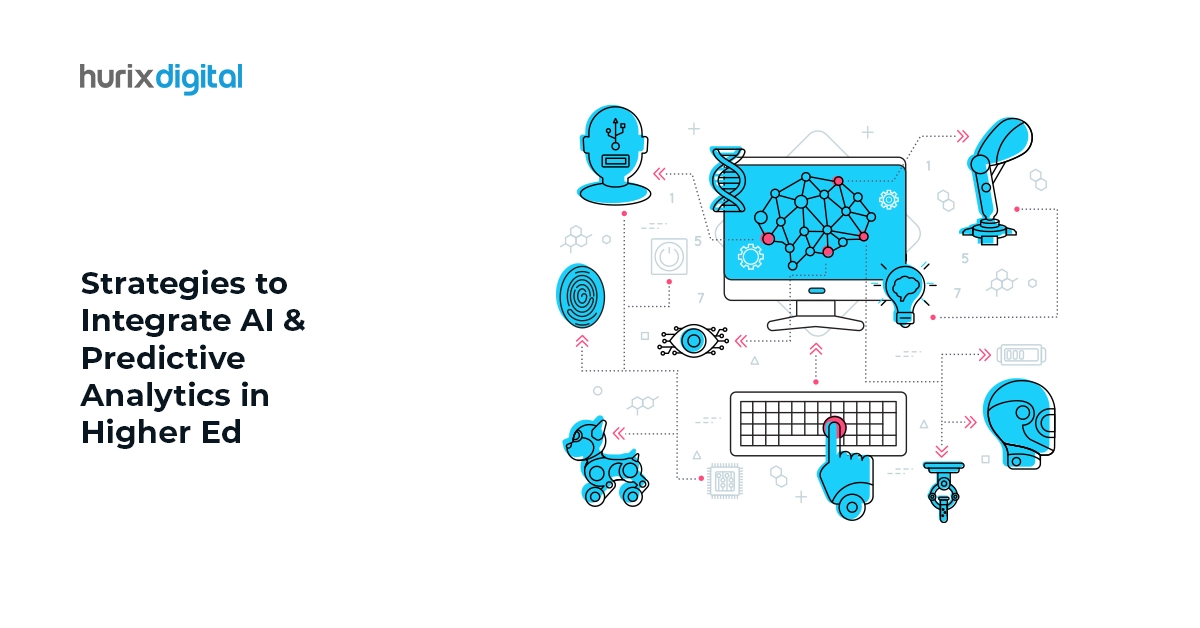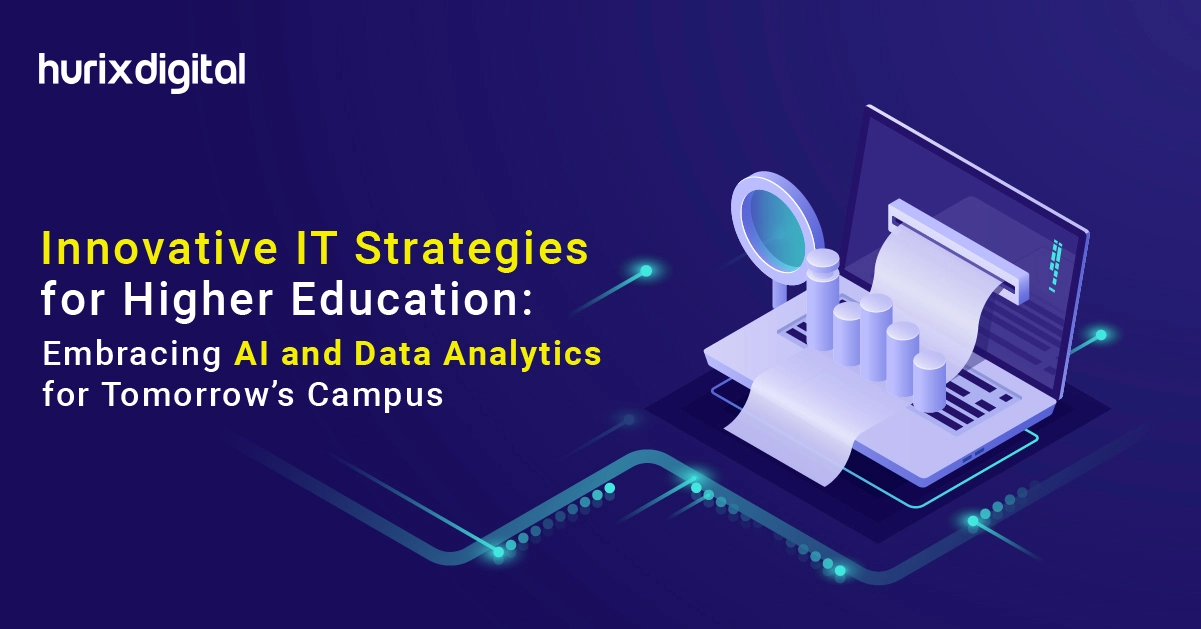
What is AI-Native Networking, and How Can it Benefit Higher Ed Institutions?
Summary
This post defines AI-native networking and explores its benefits for higher education institutions. It explains how AI-native networking provides advanced security features, helping institutions optimize their IT infrastructure and support functions.
A recent survey revealed that in 2023, more than 353 million people were impacted by data breaches! This is an alarmingly widespread catastrophe.
Although no single cause can be entirely attributed to this adversity, poor network security is one of the most prevalent reasons why cyber attacks occur in the first place. Whether it’s your network at home or outside, if it is not robustly secured, your data is at risk.
Things become even more critical when you are an educational institution harboring the crucial personal data of thousands of students and staff. There is one loophole in your computer network security, and everything is at risk of being breached.
But that’s where the prowess of AI-native networking comes into play. From boosting network security to enhancing the overall learning experience, its multidimensional pros prove why it’s probably the best integration of AI in higher education.
So, in today’s blog, let’s talk about AI-native networking and its benefits in higher education institutions. Let’s start!
Table of Contents:
- What is AI-Native Networking?
- What are the Benefits of AI-Native Networking?
- How Can AI-Native Networking Facilitate Higher Education Institutions?
- Wrapping Up
What is AI-Native Networking?
AI-native networking refers to a computer networking system that is developed with Artificial Intelligence (AI) as an innate part of it.
The aim behind integrating artificial intelligence in networking is diverse and multiple: enhanced safety, improved shareability, augmented scalability, and so on.
Unlike regular networks, AI-native networks are smart and self-sufficient to a considerable extent. They can eliminate network issues, fix problems, improve performance, and enforce security without direct human intervention.
Like other AI-centric technologies, AI-native networking is designed to learn from data. This makes it open to constant improvements and, thus, efficiency.
Also Read: Can GPT-4 Revolutionize Education? Exploring the Pros and Cons
What are the Benefits of AI-Native Networking?
AI-native networking offers several unique benefits. For example:
1. Enables Automation
Network management is a perpetual task that involves constant provisioning, operating, maintaining, and securing.
However, AI-native networks take this burden from you. Due to the integration of machine learning in networking, they are automated. This means they can oversee these tasks all by themselves. This also eliminates the chances of human errors and speeds up the process.
2. Enhances Security
Increased security is one of the key cornerstones of AI-native networking. The integration of artificial intelligence enables such networks to anticipate and identify potential security threats in advance.
That’s not all — AI-native networks are also equipped with the prowess to troubleshoot and respond to threats, thereby minimizing the risk of data compromise.
3. Fosters Scalability
AI-native networking is incredibly flexible. It can adapt to all kinds of deployment models, including hybrid, edge computing, cloud-based networking solution models, and so on. This also makes it extremely scalable.
4. Maximizes Cost-Efficiency
AI-native networking is almost entirely automated. Besides, it’s also scalable, secure, and flexible. Combinedly, these attributes make it a much more cost-efficient alternative to regular, non-AI-integrated networks. That’s because it includes no costs associated with network management, maintenance, or scalability.
5. Provides Insightful Data
AI-native networking offers data-driven network performance analytics. These prove valuable in understanding network performance, user behavior, market trends, data usage patterns, and so on. This enables you to make informed decisions to improve your network infrastructure further.
How Can AI-Native Networking Facilitate Higher Education Institutions?
AI-enabled networking has many advantages for education technology (EdTech) institutions. For instance, it can:
1. Improve Learning Experience
If you are an institution that relies on digital resources for imparting education, AI-native networking can facilitate your teaching framework.
It can optimize the computer network in your institution to reduce network issues like slow connectivity, latency, DNS problems, etc. This can help establish a reliable network infrastructure that enables teachers and students to access online resources with maximum efficiency.
2. Support Hybrid Learning
59% of learners express feeling more motivated when learning through hybrid models. This is why higher education institutions across the globe are embracing this flexible teaching pattern.
AI-native networking can bolster it. It can accommodate the large-scale connectivity needs of institutions and enable them to provide seamless education to students online. It can also optimize network traffic to support uninterrupted learning.
3. Increase Operational Efficiency
Round-the-clock campus network management can be a cumbersome task if the size of your institution is large.
When thousands of students and faculty members constantly utilize one network for all their needs, it is bound to crash at some point despite best efforts. However, AI-native networking emerges as the best solution for this. It can configure, provision, and troubleshoot network issues to maximize operational efficiency in your institution.
4. Boost Data Integrity
With the personal data of so many individuals at stake, ensuring network security in higher education institutions is extremely crucial.
However, with the intensifying penetration of cybercrimes, you may be just one negligence away from risking all of that. But AI-native networking can help you add a layer of safety to your network. It can analyze and resolve network security threats before the situation gets out of hand. It also continuously monitors network traffic to identify anomalies and signal risks.
5. Promote Research and Innovation
AI-native networking can also emerge as a wonderful area for research and exploration. It provides insightful analytics and vast amounts of data that can be used within the institution to foster research and innovation. As faculty, you can leverage it for both — helping students learn more about the future of AI and facilitating R&D in your institution.
Also Read: Best Practices in Online Curriculum Development for Higher Education
Wrapping Up
The use of AI in higher education is relatively new in the education landscape. And it explains why — AI itself is still pretty much under development and can’t be entirely relied upon.
However, AI-native networking seems like a promising technology that could greatly facilitate higher education. Since it’s proven to be self-sufficient and reliable, you should definitely consider leveraging it as an institution.
Having said that, you can check out Hurix Digital in this regard. With our comprehensive Higher Ed & K12 Solutions, you can enhance your institution’s learning experience with maximum efficiency and zero hassle.
Hurry up, get in touch today!

Senior Vice President
A Business Development professional with >20 years of experience with strong capability to sell new solutions and develop new markets from scratch. New Market Entry Specialist with experience of working in two of the largest emerging markets – China & India. Also covered other key markets in APAC, US, EU & ME. Exceptional experience of conceptualizing, ideating and selling new learning technologies like VR AR, etc. across multiple industry verticals.








